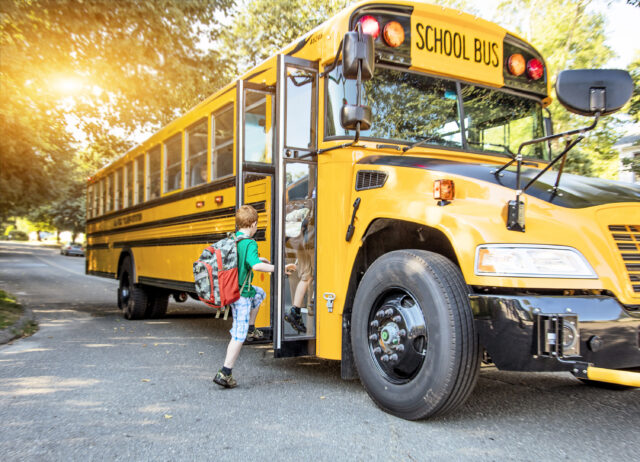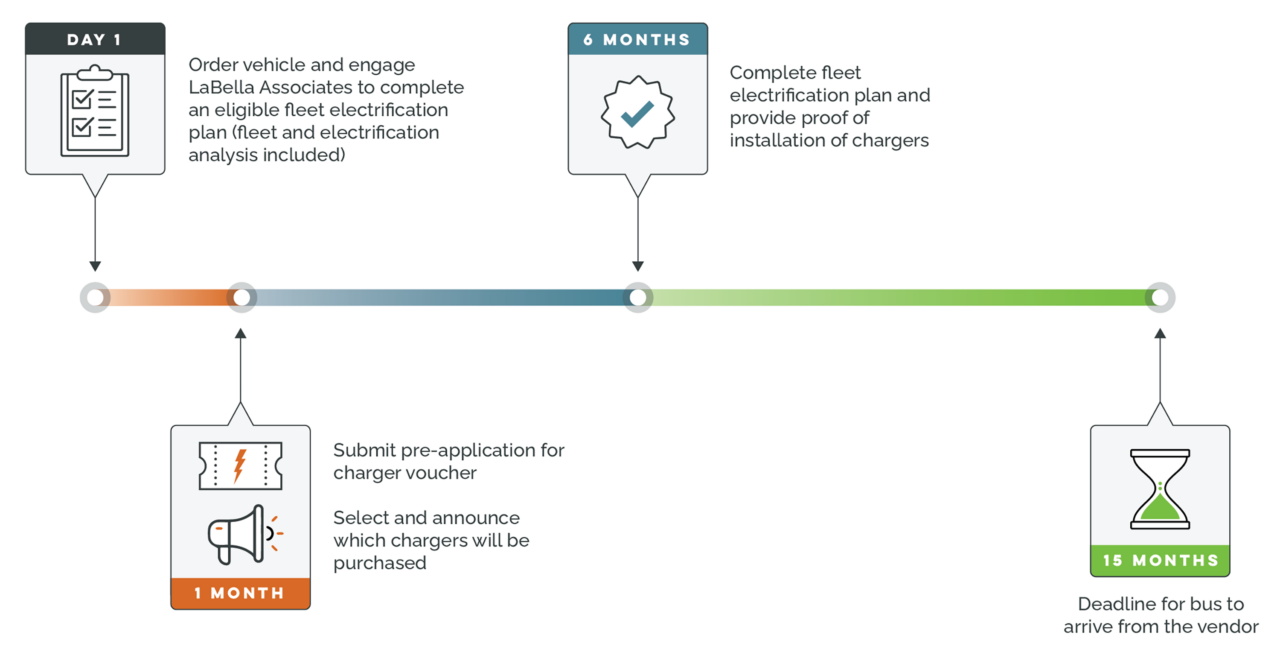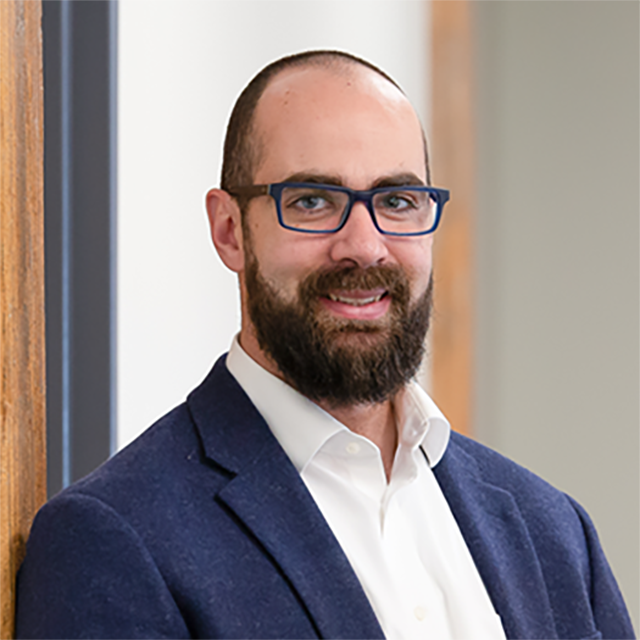Powering Progress: Key Steps for K-12 School Districts on the Route to Zero Emissions

The establishment of the New York School Bus Incentive Program by the New York State Energy Research and Development Authority (NYSERDA) has sparked many school districts to begin asking questions about the financial incentives available to support the switch to zero-emission buses. Both the New York State Electric School Bus Roadmap1 and the New York State Electric School Bus Guidebook serve as valuable resources, providing detailed information explaining how to navigate converting your district’s fleet and infrastructure to electric alternatives as well as the funding available to support this change.
Many districts are reluctant to begin applying for financial incentives due to practical concerns about fully transitioning away from fossil fuels. However, it is important to note that an immediate, complete conversion to electric school buses is unnecessary. In most cases, it is anticipated that the process will take several years, primarily due to the infrastructure needed for charging these vehicles. Therefore, starting small with a few buses is an alternative approach to a full zero emissions conversion while allowing districts to capture potential incentives. This article aims to offer an incredibly brief overview for school districts that are ready to begin exploring realistic short- and long-term electrification solutions for a more sustainable future.
Strategic Outreach: The Right Expertise to Lead The Charge
According to an update webinar held by NYSERDA on March 12, 2024, nearly half of all districts are in the pre-planning and planning stages. If you have not started outreach, the time to begin is now while incentives are available. To kickstart the process, a school district should establish the three connections listed below. It’s best to time this outreach so that all groups are contacted simultaneously, facilitating collaborative efforts.
- Bus Vendor or Dealer – Almost all state and federal funding for charging infrastructure requires at least one bus to be on order. Your vendor or dealer can provide information on bus costs and available incentives specific to your district.
- Utility Provider – It is imperative to know what electric service is available at your fleet location and to be sure your utility provider is aware of plans for electric bus implementation.
- A Fleet/Site Electrification Plan Specialist – This consultant can help your district develop a Fleet Electrification Plan—a comprehensive assessment of current fleet operations and an examination of existing site electrical capabilities. This plan serves as a roadmap for electrifying your district’s entire bus fleet by 2035.
Don’t Miss the Funding Bus
Completing a Fleet Electrification Plan is not only a best practice for long-term success—it also increases the funding available from the New York School Bus Incentive Program for chargers by $30,000 per charging port! Fleet Electrification Plans, which are reimbursable by NYSERDA2, encompass the following:
- Electrification Goals – Includes goals for both the vehicles and any associated facilities
- Route Analysis – Includes analysis of current routes as well as how routes may need to be altered due to battery range
- Utility Assessment – Includes a grid capacity evaluation in collaboration with an engineering firm and your utility provider
- Charging Strategy – Includes equipment and operations
- Phasing Plan – Includes a viable timeline and related financial factors
- Incentives Opportunities – Includes all eligible state, federal, and utility incentives
Aside from funding for chargers, New York State school districts can access additional financial incentives through NYSERDA. The amount of funding provided by NYSERDA is determined by the number of buses a district has purchased or is in the process of purchasing. Even just one bus on order will enable your district to secure access to these funds, work with specialists to devise a financially feasible plan, and obtain a full picture of what electrification will look like for your district.
Phased Planning Will Ultimately Power Progress
While reluctance exists among some school districts to fully commit to zero-emission transportation, it’s emphasized that an immediate, complete conversion isn’t required, and a phased approach is often preferable due to infrastructure considerations. Furthermore, developing a comprehensive Fleet Electrification Plan not only enhances the likelihood of long-term success in transitioning to electric school buses but also unlocks additional funding opportunities, including increased incentives from programs like the New York School Bus Incentive Program. Below is a proposed timeline for school districts ready to begin their transition to electric buses.

Getting to a zero-emission fleet requires a collaborative team comprised of your district leadership, bus vendors, your local utility, and engineering consultants specializing in fleet/site electrification planning. With many districts already in the pre-planning and planning stages, as highlighted in the recent NYSERDA webinar, now is the opportune moment to begin outreach and establish these crucial connections. Offering expertise in energy, MEP and power systems engineering, infrastructure upgrades, and planning, LaBella’s full-service team is well-equipped and ready to support your district through the process of electrifying its bus fleet.
Additional information on how LaBella can support your district on the route to electric buses can be found here.
Footnotes:
- According to NYSERDA’s Roadmap, while electric school buses can refer to both battery-powered and hydrogen fuel cell-powered models, the current focus is on battery-powered school buses as there are no hydrogen fuel cell-powered school buses currently available or expected to be available in the next few years,
- NYSERDA maintains guidelines for reimbursement of fleet studies, ensuring all requirements are fulfilled.

About the Author
Michael Cocquyt, CPRP, MBASenior Program Manager
Michael’s diverse work background gives him keen insight into the needs and desires of our clients. Prior to joining LaBella, Michael spent over a decade in varying research and development roles in inclusive recreation and universal design. His roles have crossed the sectors of education, therapeutic recreation, environmental conservation, and facilities management. Michael’s most recent work involves acting as a liaison for both private and public groups, navigating state grants and incentives for community development related to parks and recreation.